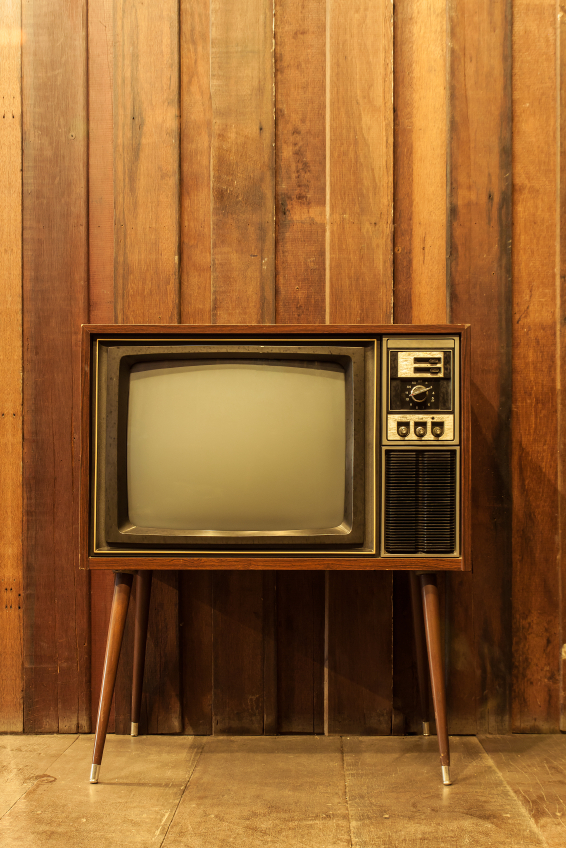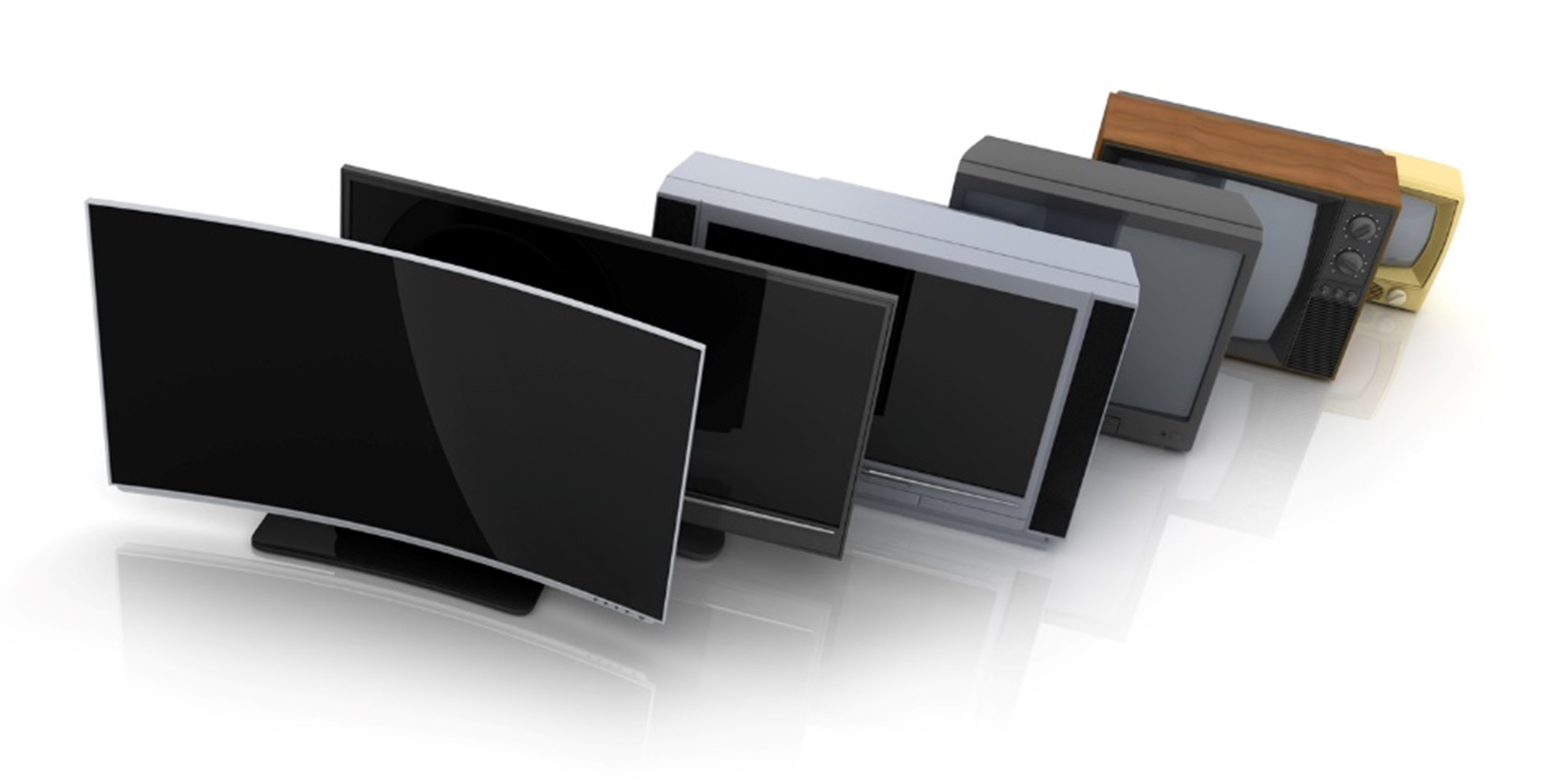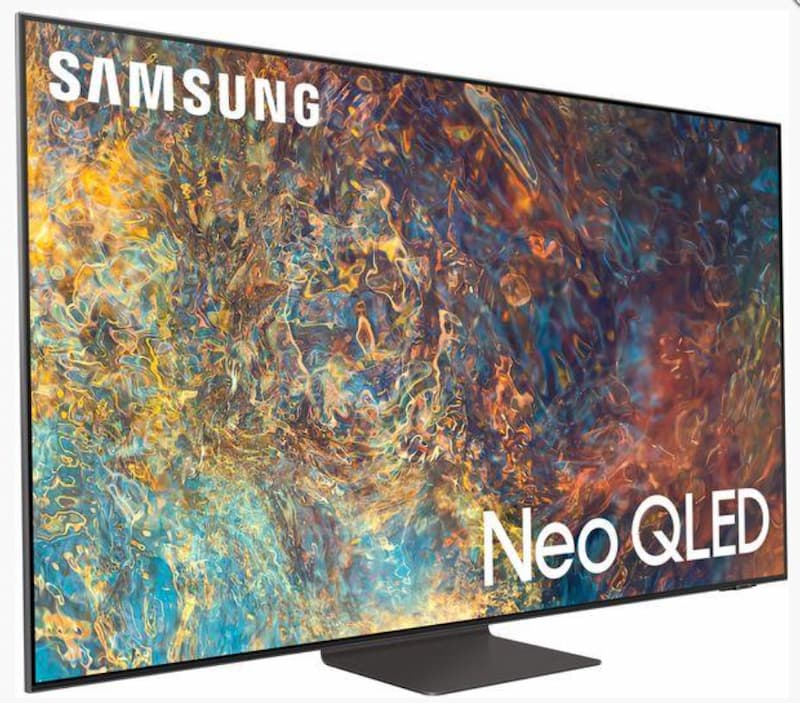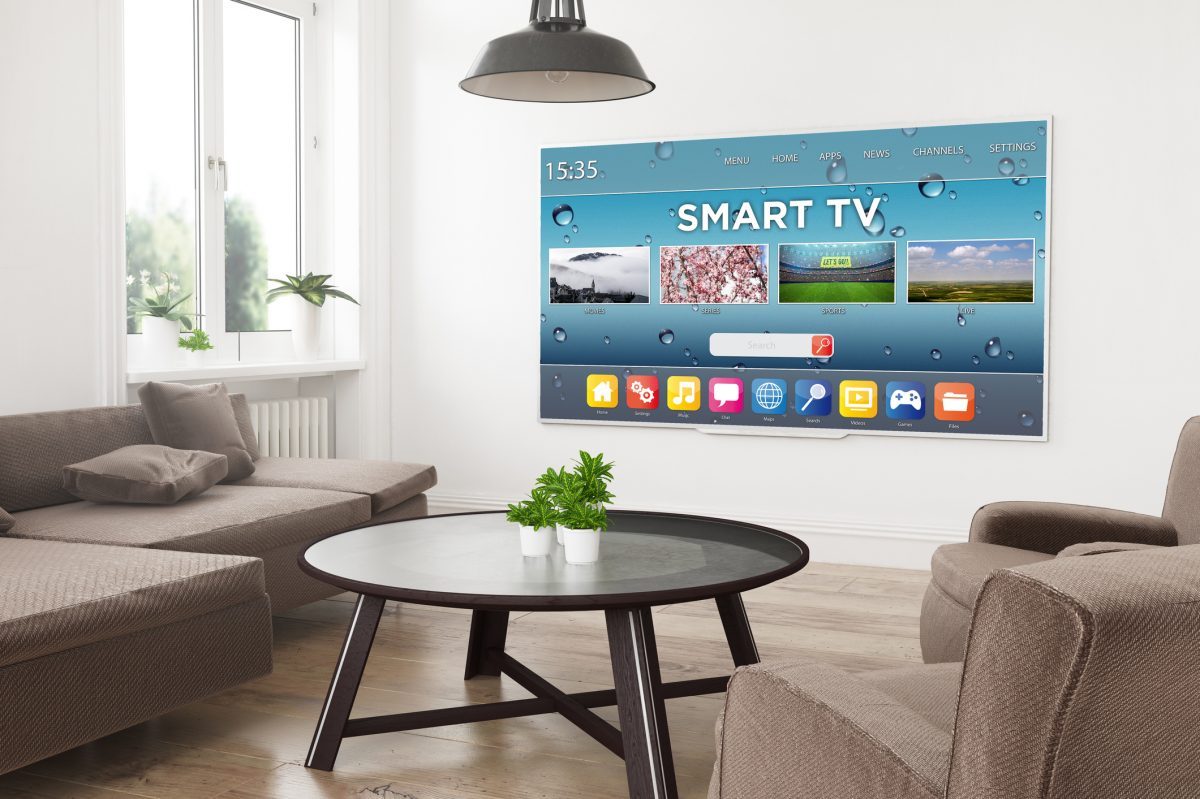Televisions are one of life’s great gadgets – they are a great way to socialise with friends at the cinema, as well as with your family at home. You can watch great films, excellent television programmes and, with the latest televisions coming out, surf the internet for your favourite online videos. But how has technology changed over the years, and how has the television developed to become an important feature of homes around the world?
Original Televisions
It’s crazy to think that televisions in the old days were huge cubic structures that could only view black and white images. It wasn’t until the late 1960s that colour television were introduced via the BBC and ITV. But why were they so large and cumbersome?
Before advanced electronics, televisions used cathode ray tubes, also known as electron guns, to ensure the views could see an image of their favourite television show. Cathode ray tubes operate by using an internal heater known as a filament to heat a cathode that expels a cloud of electrons that is precisely focused into a beam or a ray.
The electrons are fired onto a fluorescent coating on the inside of the screen which then glows due to excitation. The beam is scanned across the screen which eventually, after controlling the intensity of the beam, produces an image. In colour televisions, three electron guns are used along with three fluorescent coatings, each of which corresponds with red, green, and blue colour.

Flat Screen Televisions
After many years, it was finally concluded that these televisions were incredibly heavy, fragile, and for too large. Because of this, they were eventually replaced with flat screen televisions, which were incredibly expensive at the time but now in the 21st century, they have become much more affordable.
One of the most popular types of flat screens is known as an LCD, or a liquid crystal display, television. These liquid crystals consist of small molecules that are arranged in a symmetric way but they are free to move. When an electric field is applied to these molecules, the liquid crystals’ alignment is disrupted and it varies the amount of light that they let pass through.
In these flat screens, the liquid crystal layer is located between transparent electrodes. When the intensity of the electric field is altered, the crystals rearrange and form a picture. For colour LCDs, the pixels in the television are split into red, blue, and green by using filters.
3D Televisions
3D televisions are becoming increasingly popular as the digital age starts to develop and integrate new technologies. There are various ways of creating 3D content for a 2D screen, the most common of which is known as stereoscopy.
Stereoscopy is a technique that is used to create or enhance the illusion of depth within an image. In film and television programmes, this is achieved by filming with two cameras separated by the same distance as a person’s eyes. Then, by using 3D glasses, the two images are sent to different eyes and thus creating a perceived depth within the image.
Previously, 3D glasses were coloured, with one lens being red and the other being blue, which were known as ‘passive 3D glasses’. In these glasses, the two images in the TV are offset from one another and they both have different coloured tints. By using the polarisation of light, the blue lens in the 3D glasses blocks out the blue light and the red lens blocks out the red light. This leads to a difference in focus, which results in the illusion of depth in the image.
In new 3D TVs, the images are now tinted, but they flick between one another more than 120 times a second, requiring the need for ‘active D glasses’. These use liquid crystal lenses to rapidly change between transparent and opaque in time with the TV image changing. The benefit of active 3D technology is that it doesn’t affect the colour of the images you are watching.
Technology is constantly changing, and it is incredibly important to make sure that you know about the latest trends in technology so that you don’t lose out on something special. At Electronic World, we provide extremely high-quality televisions at affordable prices. Whether you want an affordable LED TV or the latest 4K TV, we are more than happy to help. Contact us today on 0121 769 2623 and speak to one of our friendly members of staff.








